The delay between the moment the prospect books a call and the call itself has a major impact on your no-show rate. As we’ve discussed earlier, the sooner the sales demo occurs, the better.
For that reason, our website forms and chatbots only allow the prospects to schedule meetings 10-14 days max into the future. When we’re booking the calls with qualified prospects, it’s usually up to 7 days of availability.
Another recommendation here is to keep in mind the time of the call, especially if you’re talking to prospects from different time zones. Namely, it’s recommended to book the sales calls in the afternoon (3-5 pm) – except for Fridays or days before a holiday.
As for the time zones, most calendars will allow you to pick the required time zone or convert it automatically for you. However, it’s essential to have the time slots on your calendar overlapping all or most of the time zones you’re working with. For example, our European AEs often work later in the afternoon to be able to talk to prospects in the US time zones at a convenient time.
-
Have a few points of contact at the company
This practice is pretty common in high-ticket, B2B sales in midmarket or enterprise companies. In this case, you should aim to connect with a few people representing different buyer personas – influencers, champions, or a decision-maker – at a company.
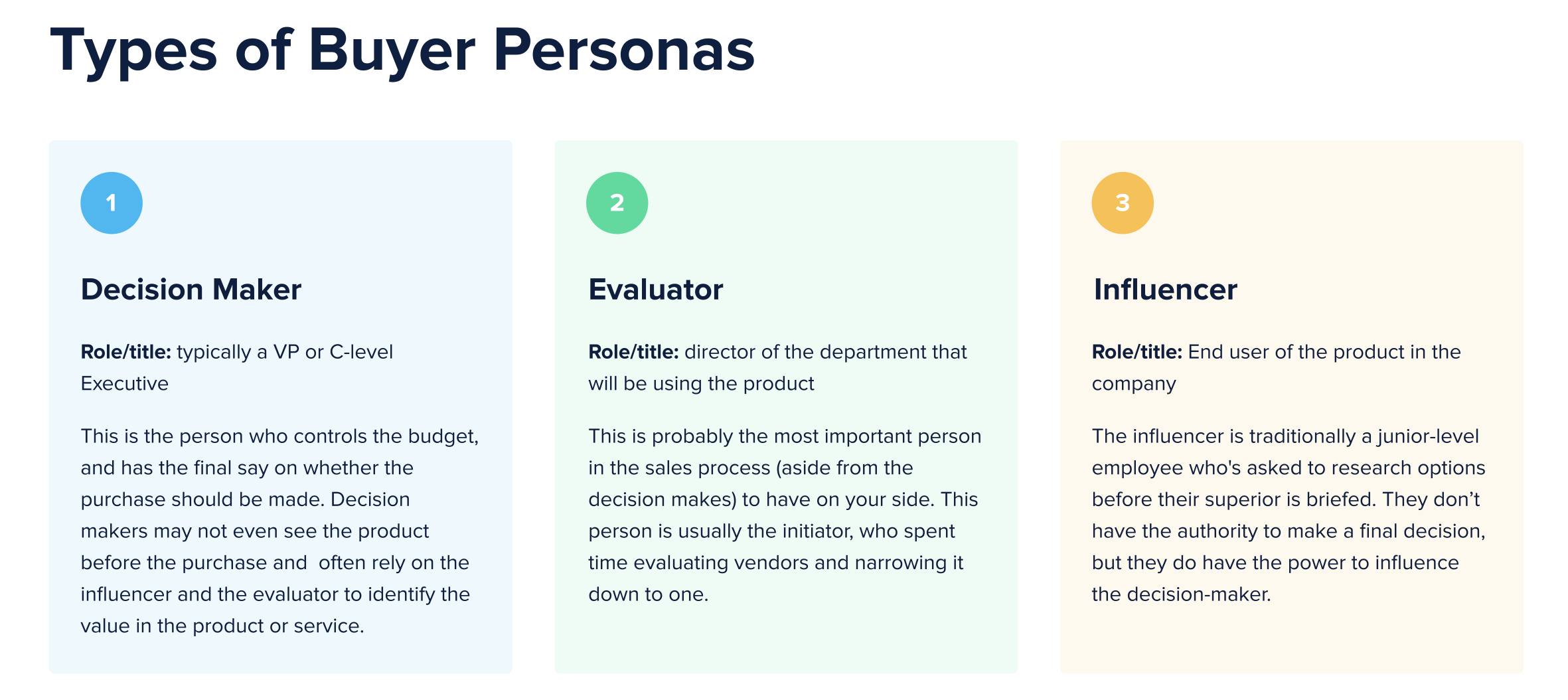
Whether a person you talk to via email mentions a few of their colleagues (maybe even decision-makers) or you do some research and contact those people on LinkedIn on your own, being in touch with a few people at the target company substantially increases your chances of having a successful sales demo, minimizing the risk of a no-show.
It’s worth mentioning that you should always aim to have at least one stakeholder participate in the sales demo. If you’ve booked a call with someone who does not have the decision-making power, simply ask them to invite their manager to the demo. In this case, you might as well offer an incentive (extended trial, discount, or personal consultation – anything that adds value) to have the decision-maker join the call.
Proven sequence to reengage no-show leads
You’ve tried it all and the prospect still didn’t show up to the call? I wouldn’t call that a pleasant experience, but all is not lost! You can still try and win back that opportunity with a dedicated sequence.
The one we use to reengage demo no-show leads here at Reply has been performing pretty well (see the metrics below), allowing us to win back on average 10-20% of opportunities!

- Day 1 – Automated email + LinkedIn touchpoint (connection request or message, depending on your previous interactions)
- Day 2 – Call
- Day 4 – Manual email (with personalized video) + SMS (if no response)
- Day 7 – Call
- Day 8 – Automated email (with visual)
- Day 10 – LinkedIn touchpoint (voice message)
Here is the full breakdown of the sequence (including the email templates) you can use when someone misses a meeting.
Step 1, Day 1 – Automated email
{{FirstName}}, [Reply.io] @ {{Company}}
Hi {{FirstName}}.
{{Sender.FirstName}} from Reply.io here.
I noticed that you booked a Reply.io demo, but you haven’t had a chance to connect with one of our product experts yet.
You must have been busy, and I’m curious – how about having the call {{#if is_monday}}later this{{/if}}{{#if is_tuesday}}later this{{/if}}{{#if is_wednesday}}this Thursday, Friday or early next{{/if}}{{#if is_thursday}}this Friday or early next{{/if}}{{#if is_friday}}early next{{/if}}{{#if is_weekend}}early next{{/if}} week?
If not, let me know what works best for you.
Step 2, Day 1– LinkedIn connection request
Hi {{FirstName}} – sent you an email and hoping to expand my network. Excited to learn more about your sales team – best of luck in the {{now_quarter}} {{now_year}}
Step 3, Day 2 – Call
Step 4, Day 4 – Manual email (with personalized video)
{{FirstName}}, [Reply.io] @ {{Company}}
Hi {{FirstName}},
I have reached out a few times but haven’t heard back. I know things can be busy but I’m hoping to help you with automating {{Company}}’s sales outreach efforts, so you can focus your energy on more revenue-generating tasks.
Here is also a quick video for you: {{Personalized Video}}
Is this something you may be interested in?
Step 5, Day 4 – SMS
Hi {{FirstName}}.
{{Sender.FirstName}} from Reply.io here. I just emailed you at {{Email}} regarding your demo request. Curious to know your thoughts
Step 6, Day 7 – Call
Step 7, Day 8 – Email (with visual)
{{FirstName}}? 🙂

P.S. It’s me waiting for your response…
Step 8, Day 10 – LinkedIn Voice Message
Hi! This is {{Sender.FirstName}} from Reply.io hope you are having a good day so far I was really curious to understand how you and your sales team are acquiring new prospects and customers and how you make sure your outreach is visible across all channels like emails, calls, and LinkedIn.
Let me know if you are open for a call to learn more about multichannel sales engagement that can help your team generate more meetings and revenue. Have a wonderful day. Bye!
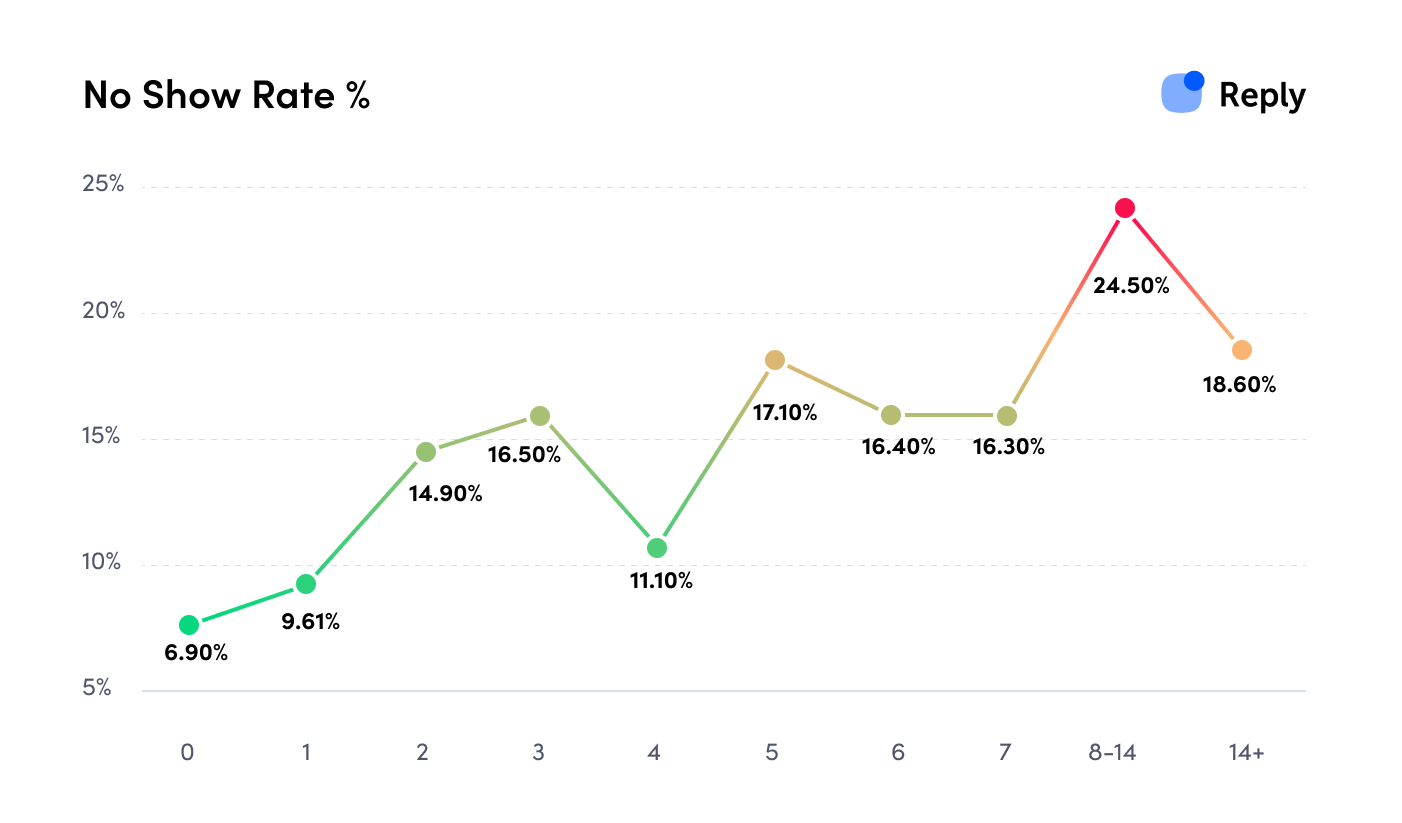




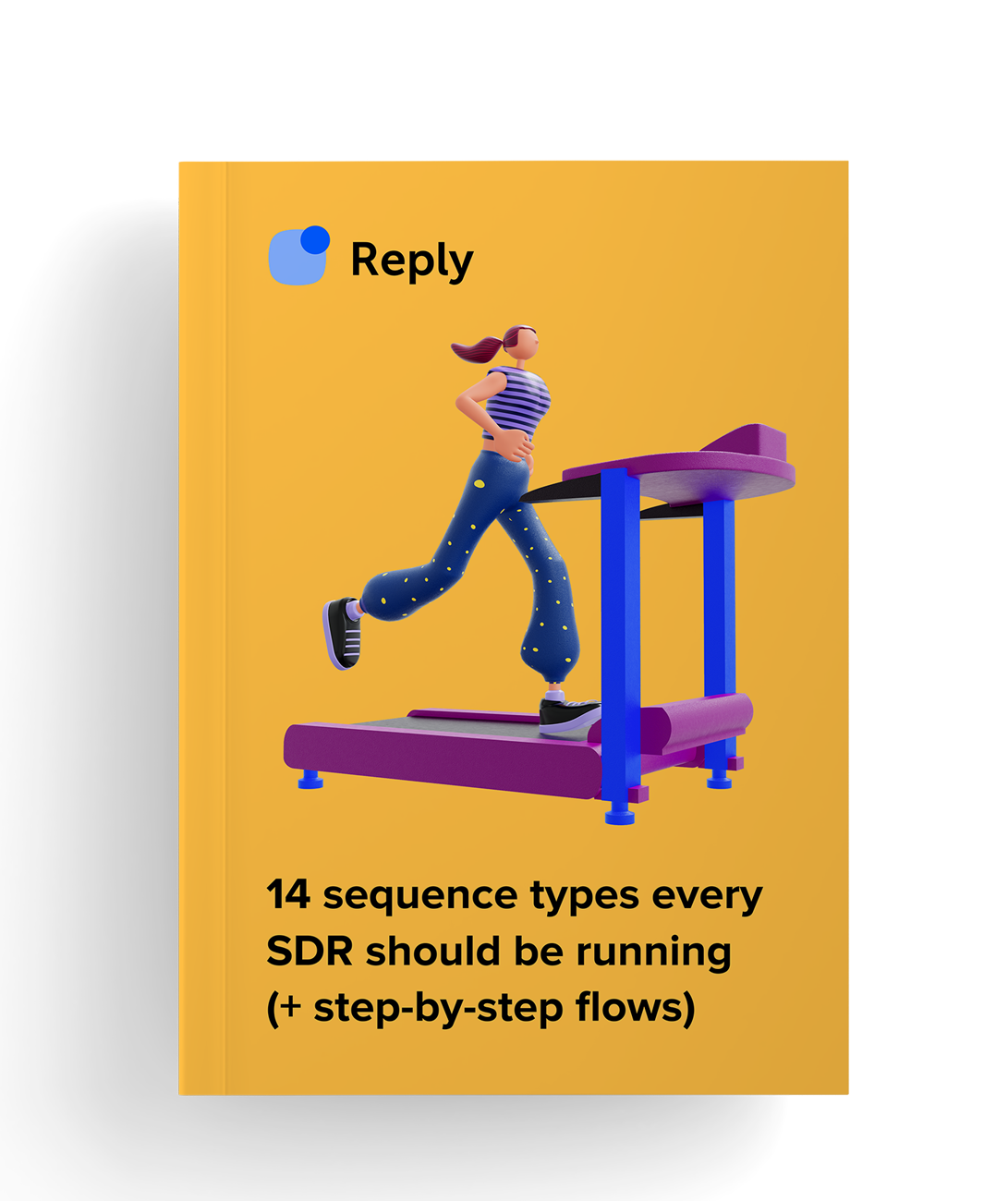
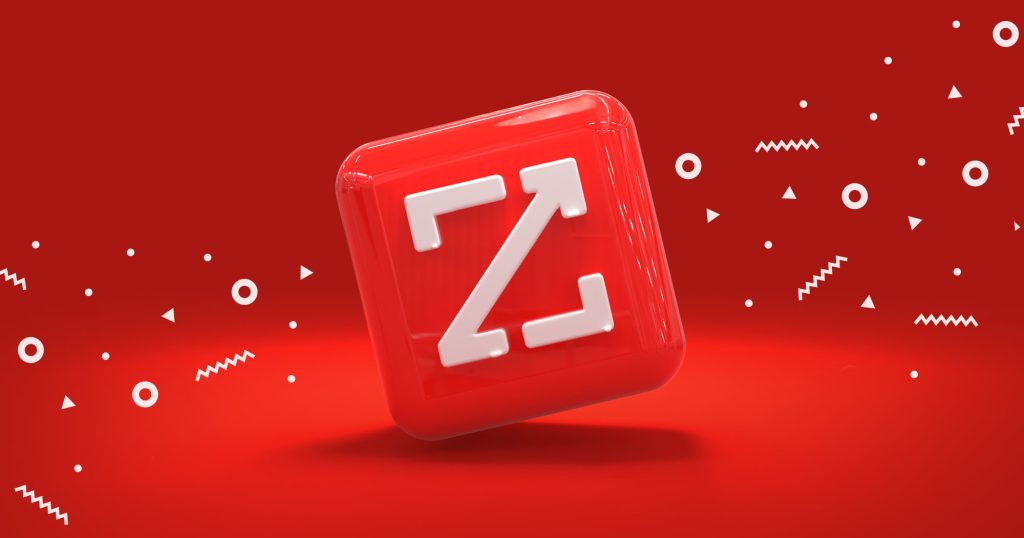
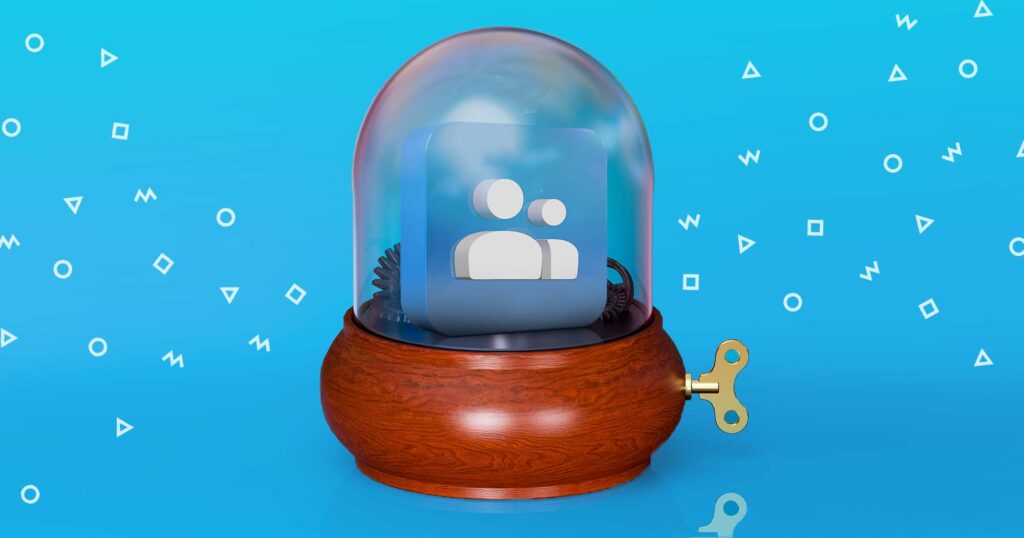

![How to Write Your Perfect LinkedIn Connection Message [With 15+ Templates] How to Write Your Perfect LinkedIn Connection Message [With 15+ Templates]](https://reply.io/wp-content/uploads/linkedin.messages-1024x538.jpg)